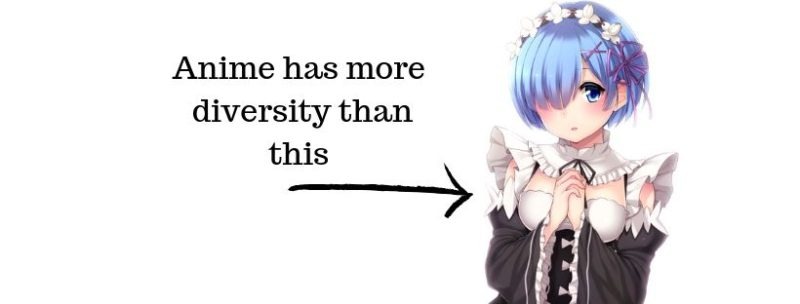
When you hear the word anime, you likely think of today’s current styles: moe. But anime offers more diversity than that. Moe is a design that seeks to make you feel a warm protectiveness. Typically, this involves large eyes, small noses, small mouths, and oval faces. A few of you may think about anime designs from before the moe movement. These designs were a bit more naturalistic, including smaller, more natural eyes (except young women and boys), and more realistic body proportions. These designs included larger mouths than anime today and the presence of noses.
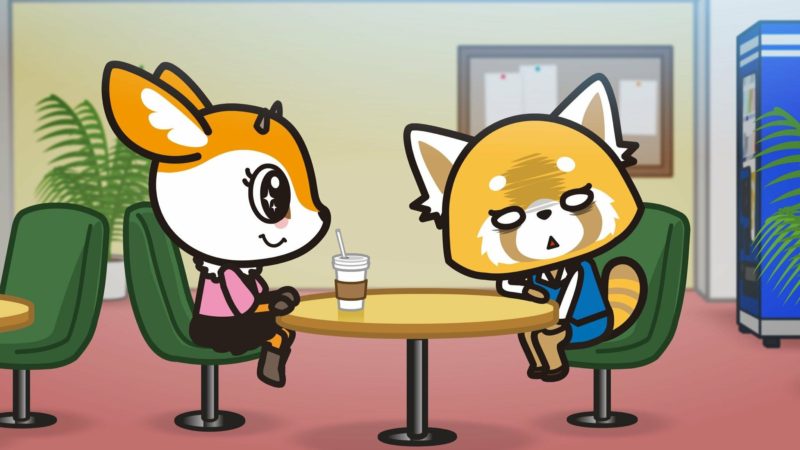
However, anime extends beyond even these designs. Netflix recently released Aggretsuko, featuring characters designed by Sanrio, the company behind Hello Kitty. While kawaii designs are well known outside of Japan, they are often seen as separate from anime. Anime can be kawaii, but only within the context of standard designs. However, Aggretsuko shows anime can offer more diversity. As for the show itself, the odd contrast of cute, preschool looking characters dealing with adult issues of soul-deadening work, chauvinism, and depression works well. The designs allow for a range of expressions that often can’t be achieved by the usual anime designs without falling into facial deformations. The contrast also allows an easier connection. Many people (myself included) feel more empathy toward animals than toward people. Retsuko, despite being a red panda, is a sympathetic character. Just about everyone has worked a job they couldn’t stand at some point in their careers. The series shows anime can be more diverse than it is and tell a compelling, adult story.
Anime also extends to more obscure styles of animation, including glass plate animation and stop motion. NHK has a short called Anime Supernova that interviews various Japanese animators. Most of the animators have their own styles that fall far outside what we typically consider anime. Take a look at Miyo Sata’s film “Fox Fears”:
She creates her animations by painting on layered panes of glass. She paints each frame and takes a snapshot of it from a camera suspended overhead. While her style has a distinct Japanese flavor, it doesn’t look “anime.” If anything, her style makes me think of Japanese woodblock prints and silk paintings, particularly her soft landscapes. She uses sand to achieve the soft look of many of her scenes, including the fox.
NuQ provides another example of how diverse Japan’s animation industry actually is. Her work, “New Tokyo Ondo,” features full animation–she draws 24 frames for each second of animation. Anime uses 8-12 frames per second to keep production costs down and to speed the process. While it is adequate, it isn’t as smooth as that animation you see in NuQ’s work.
The animation is certainly surreal (and not really to my taste). NuQ and Miyo Sato show what goes on inside of Japan’s anime industry beyond what we usually see. There are many others, including stop motion animators, that bring their own flair. Commercial anime we see in the West appears to stagnant outside of outliers like Aggretsuko. But inside the industry, you see a lot more diversity, which will eventually influence anime as we know it.
But anime also includes productions outside of Japan that taps into its aesthetic. Netflix’s Castlevania series provides a good example. Castlevania comes from an American animation studio, but it has a distinctly old-school anime feel to it. Despite being an American production, I consider the series anime because of this aesthetic. Let me give you an example and explain.
American animation style, at least up until the 2000s, modeled itself from comic books. In the center frame, you can see the distinctly large muscles that characterized these characters. Likewise, most of the colors remained in the primary range as opposed to anime’s more muted colors. Character heads in anime are more angular than the blocky heads of the past. You can see the mix of the two styles in Trevor. He has the muscular bulk of the typical American hero design yet retains the more angular elements of anime as you can see with Spike from Cowboy Bebop. Trevor’s hairstyle shares more with anime than American cartoons. All the designs appear naturalistic compared to the moe-influenced anime we have today. On the whole, Trevor looks more like Spike than traditional American character designs.
Sypha is a throwback to the old way anime designed women. She has more in common with Misato (center) than with the moe designs of recent years. Sypha’s design has been influenced by American comic design, but she still retains more anime elements. Take a look at Wonder Woman:
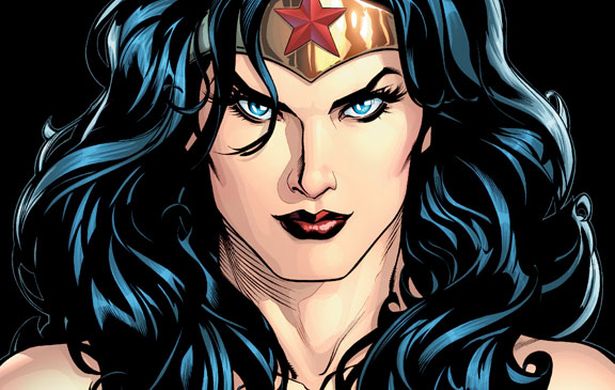
Castlevania shows how much anime has influenced animation across the world. Yet, anime itself is far more diverse than what we typically see. That diversity leaves room for American-produced works that keep the general aesthetic of old Japanese animation. I’ve spoken with people who can’t understand the appeal of moe. Older anime appeals to them more, whereas moe just looks strange and even creepy. A return to naturalistic anime is in order, but there is a place for moe too. Anime has room for shows like Aggretsuko and work like NuQ’s and Miyo Sato’s. In fact, anime has become so mainstream that the word includes most other types of animation. Yes, Avatar: The Last Airbender is anime. Anime industry workers often cross over. For example: according to IMDB, director Hiroshi Aoyama has worked on Marvel animations, Scooby Doo, and anime like Parasyte: the Maxim.
You see anime’s influence on everything from advertising to children’s cartoons to movies here in the States. Anime lends itself to certain types of stories. Recognizing anime’s diversity in styles opens it to telling more stories in different ways. As more people accept animation as just another storytelling method, anime will expand. However, this will only happen if anime embraces its diversity and gets away from being mainly the providence of moe and “anime” style.
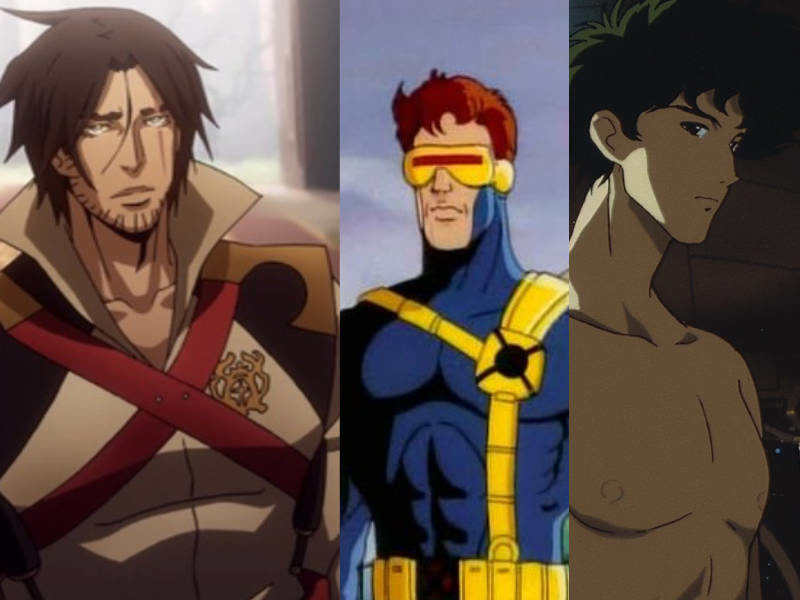
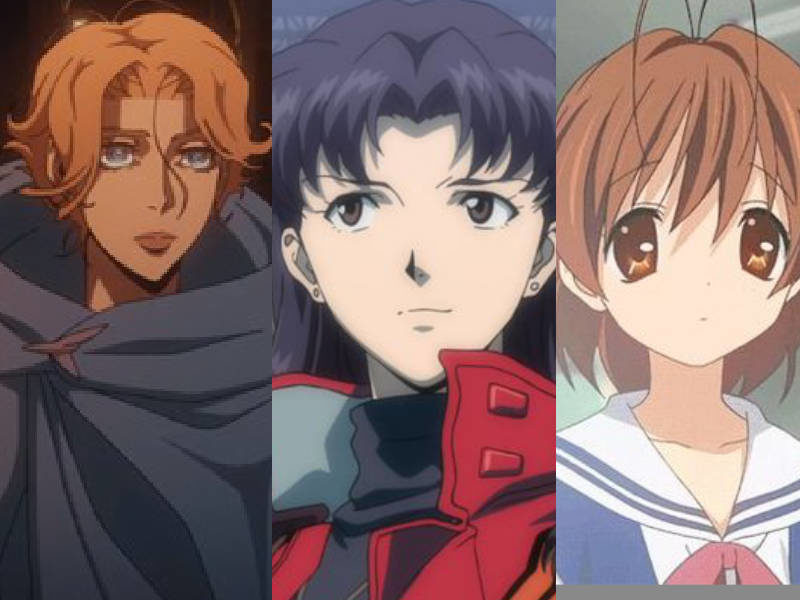

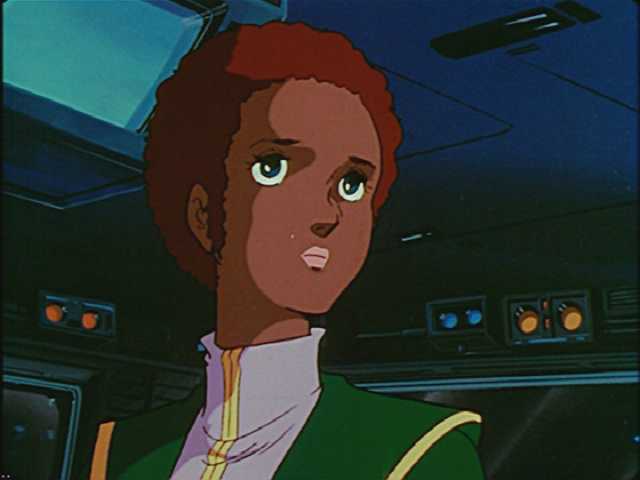
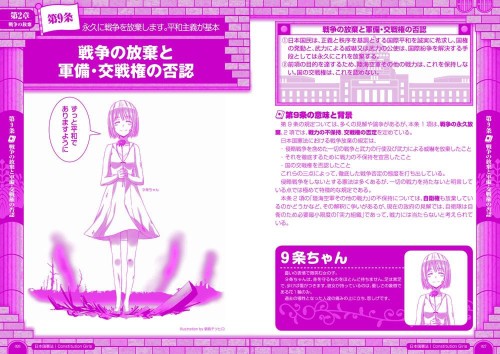
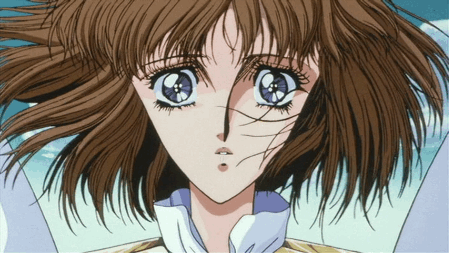
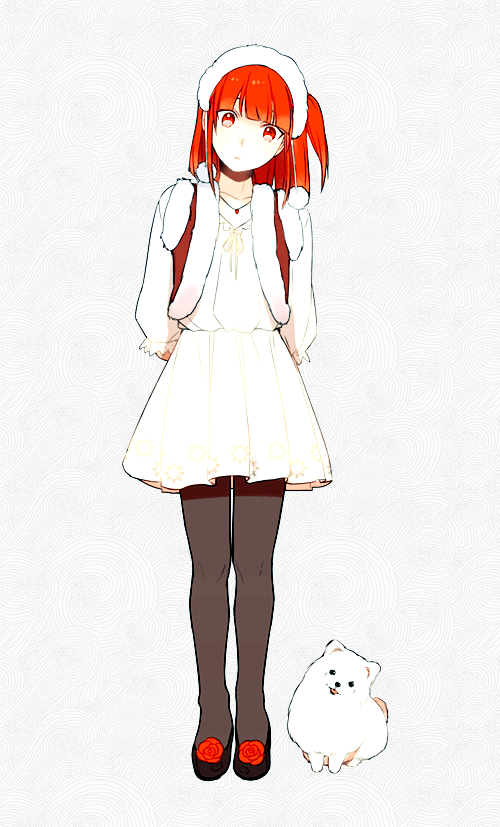
I love castlevania, but I never noticed the connections you mentioned, included Sylpha and Misato. When it comes to anime I like the variety, but I am not a fan of some of the more avant garde styles.
I don’t care much for the avant garde types either, but the diversity is certainly welcome. I’ve been watching “Carole and Tuesday” by Shinichiro Watanabe on Netflix. The animation style differs from the usual anime. It’s refreshing! Bones did an excellent job on it. Although sometimes the singing scenes don’t match up well with the lyrics or music.